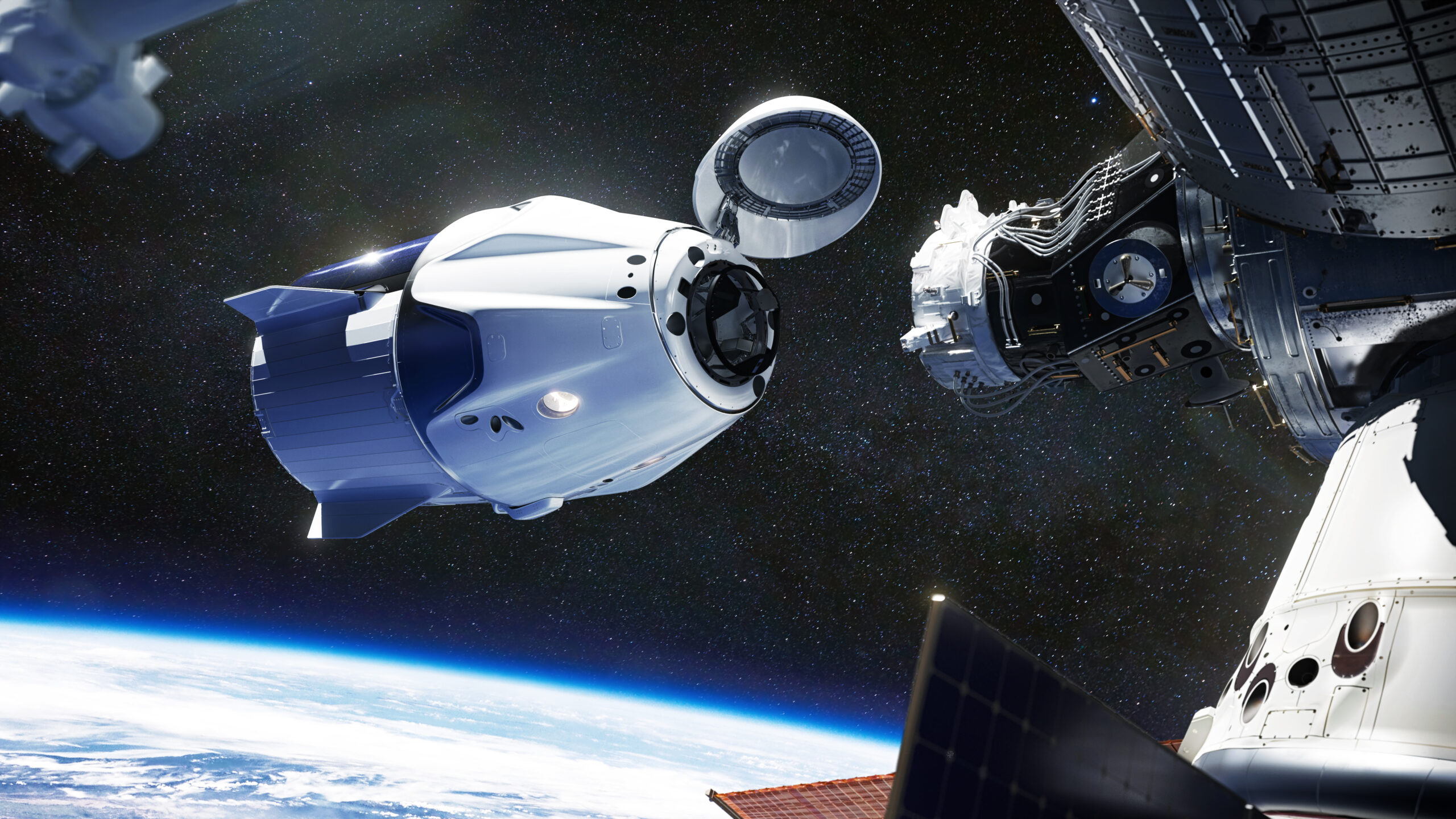
Space Exploration and Commercialization – An Interview with Rice Space Institute’s Mark Jernigan
Mark Jernigan, former NASA engineer and current Associate Director of Rice Space Institute, will be joining us soon for a 4-week course on space exploration and commercialization. We got a little help with some questions for Mark from our pal Dexter, a very inquisitive high school STEM student, and Mark has rewarded us with very thought-provoking and even surprising answers! We can’t wait to learn more in class about the space industry, its roots in Houston, what is happening already, and where we are headed…
Dexter: What do you think is the most exciting new development in space exploration?
Mark: The most exciting undertaking in human exploration is the Artemis program, returning people to the moon to learn how to optimize the human ecosystem to minimize the reliance on earth resources while maintaining sustainable presence. This challenge opens the door to disruptive advances in space capabilities, including in situ manufacturing of spare and consumable parts, using lunar resources to support the deep space economy, closed loop life support and food, and many others. In the Low Earth Orbit (LEO) realm, the most exciting new development is the explosion (I’m using the word even though you are not supposed to when talking about rockets) in transportation from reusable first stage rockets to the shift to anywhere, anytime, any size launch sector, with both large and small firms looking to outcompete the competition.
Dexter: Is it possible to create a self-sustaining population on another planet?
Mark: The International Space Station (ISS) was the first baby step in the (what I think is) the inevitable ascension of humanity out into the universe. The ISS, however, is and always will be, tightly tethered to the Earth. With the discovery of substantial amounts of water on the moon, NASA and its partners are developing all of the capabilities to be able to meet the needs for such an undertaking. As of today, the logistics required to deploy all of the infrastructure required for self-sustainability are possible, but not practical, and the capabilities and maturities of the systems required also needs substantial improvement to achieve the reliability needed. However, once biological systems are transferred in sufficient amounts, the ability to achieve sustainability gets easier and easier. Once we have figured out how to do it on the moon, Mars could be achievable. The other roadblock to be overcome is the value proposition. We will talk about this in class.
Dexter: Is asteroid mining the next big thing? I read that the first trillionaire will be an asteroid mining business owner.
Mark: I don’t think so. Having a big icy chunk of minerals in orbit around the Moon could go a long way towards making the space economy more viable. However, the logistics of getting back and forth from a Near Earth Astroid (NEA) are daunting, and so breakthroughs in propulsion efficiencies and propellant production in space are needed. That said, a fair amount of venture investment has gone into the segment, so if the lunar competition heats up, asteroids may play a role in the overall infrastructure.
Dexter: Are solar flares a significant risk to technology on earth and in space?
Mark: Yes. More than 150 years ago, a solar event resulted in substantial communications problems with the nascent telegram systems. Such an event today might be substantially more disruptive, since today’s systems are much more a part of normal life for everyone, and communications rely on satellite systems that could be knocked out or destroyed. We are in the information age, which is increasingly dependent on electronic systems with assemblies that are highly vulnerable to unexpected high electric currents and voltages that could occur from an event.
Semiconductors play a significant role in controlling many of these electronic systems. The local heating during an EMP can cause semiconductor devices to malfunction. Semi-conductive chip failure might ruin business operations, railroad networks, phone and power infrastructure, and water supply access.
Equipment used in businesses is particularly susceptible to these effects. All computers that are embedded in military equipment, such as signal processors, electronic flight controls, and digital engine control systems, have radiation hardness, which reduces susceptibility. But those used in data processing systems, communications systems, displays, industrial control applications, including road and rail signaling, are could be disrupted or damaged Our biological systems can likely tolerate events likely to happen since we are still here, and we’ve been basking in the sun since our forebears emerged from the oceans a long long time ago.
Dexter: Is traveling to space a bigger priority than making sure everyone on earth eats – how is space exploration relevant to the progress of humanity?
Mark: I for one enjoy eating, so I’m in favor of keeping the food coming. Can you walk and chew gum at the same time? The same argument works for space. If you take my class I will spend a fair amount of the first talk making the case, and then you can decide if it is compelling or if I need to sharpen my pencil!
Register here: Space Exploration and Commercialization | $130
Four-Week Course Schedule | Tuesdays
Mar 28 | 10:00 AM
Arp 04 | 10:00 AM
Apr 11 | 10:00 AM
Apr 18 | 10:00 AM
This class will be held onsite at WIH, simulcast via Zoom, and recorded to watch for up to one week following the live class.